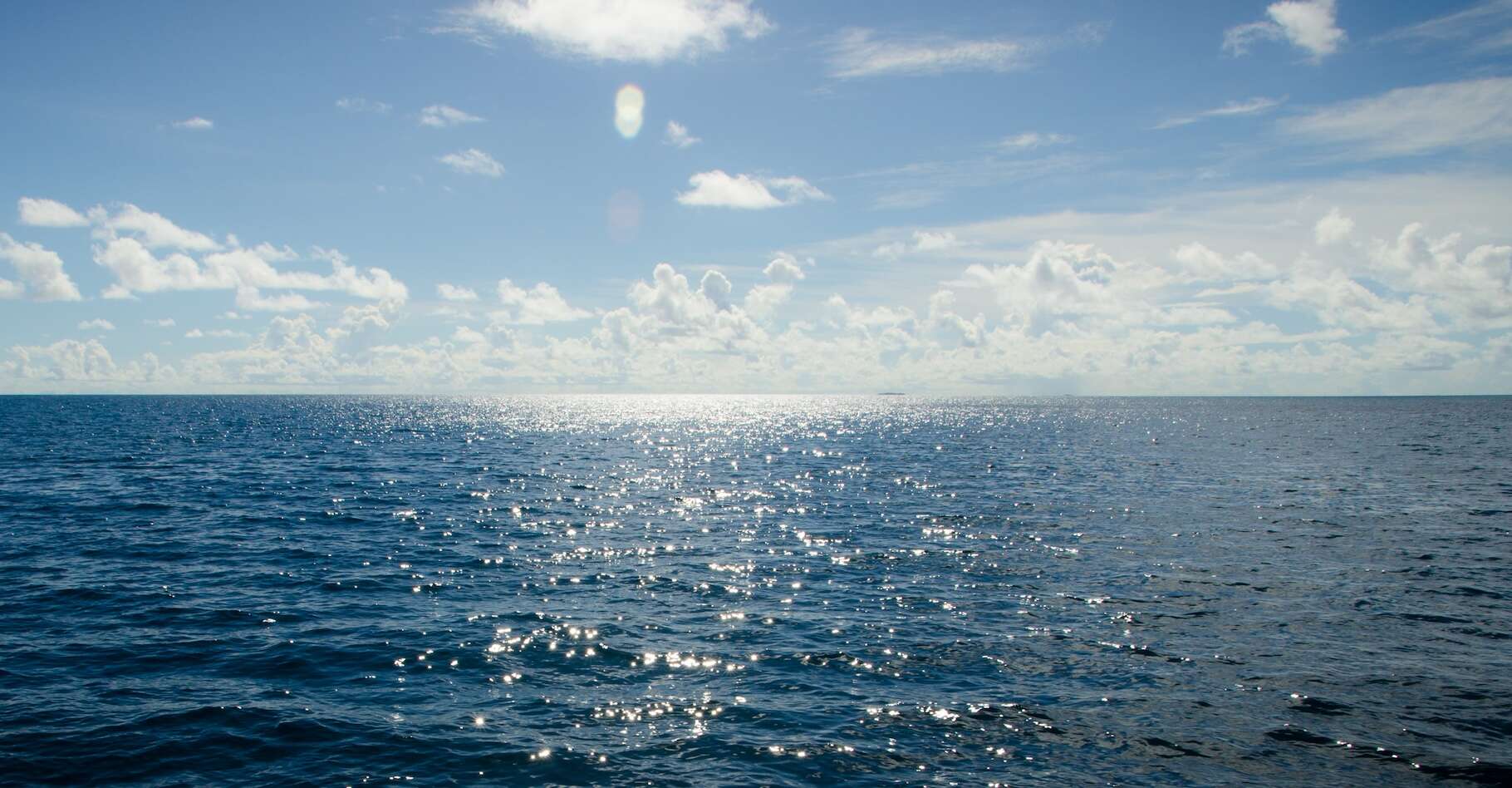
Over the years, analysis methods have been improved. They regularly push scientists to revise their models. It happened again. The researchers discovered that salt water doesn't behave exactly as they thought.
This will interest you too
At first glance, only physicists or chemists might find it interesting to know how ions and molecules are distributed at the air-water interface. But upon closer examination, this basic science question can have ramifications even in our daily lives. Let us take advantage of the recent discovery on this topic by researchers, among others from the University of Cambridge (UK), to try together to understand why and how.
First, remember that many important natural reactions occur when water molecules interact with air. This is an example of ocean water evaporation. This process plays a vital role in atmospheric chemistry and climate science. It is determined by the molecular structure of the interface. Understanding this structure and its dynamics therefore appears to be crucial for efforts to mitigate our impact on our planet.
Technology to understand water better
Until now, physicists who wanted to study how water molecules are affected by the distribution of ions when they meet air and water have relied on a very specific spectroscopy technique. In fact, vibrational frequency sum (VSFG) spectroscopy allows the exploration of the vibrational properties of molecules at interfaces. But she has a weak point. It does not make it possible to distinguish between positive signals and negative signals. This complicates interpretation of the results.
To study their electrolytic solutions – solutions composed of water molecules and various ions – researchers from the University of Cambridge report, in the journal Natural chemistryThey've chosen a more advanced form of this technique, based on what they call hemodetection. They developed advanced computer models to simulate facades in different scenarios.
A discovery that shakes established theories about interfaces between water and air
Thus, physicists explain that ions, whether positive – we call them cations – or negative – we call them anions – are absent from the water/air interface. “Our work shows that the surface of simple electrolyte solutions has a different ionic distribution than previously thought.”“, explains chemist Yair Litman in a I reported. Gone is the idea of a double layer of ions directing water molecules in one direction. The new scenario written by the researchers is completely different. “At the top of the solution are a few layers of pure water, then an ion-rich layer, and finally the bulk brine.”
We mentioned above the example of ocean water evaporation. But many other fields are affected by this discovery. More generally, studying solid/liquid interfaces could have applications in designing more efficient batteries and energy storage systems. So, yes, this discovery should be interesting to a lot more than just theoretical physicists – or chemists…






